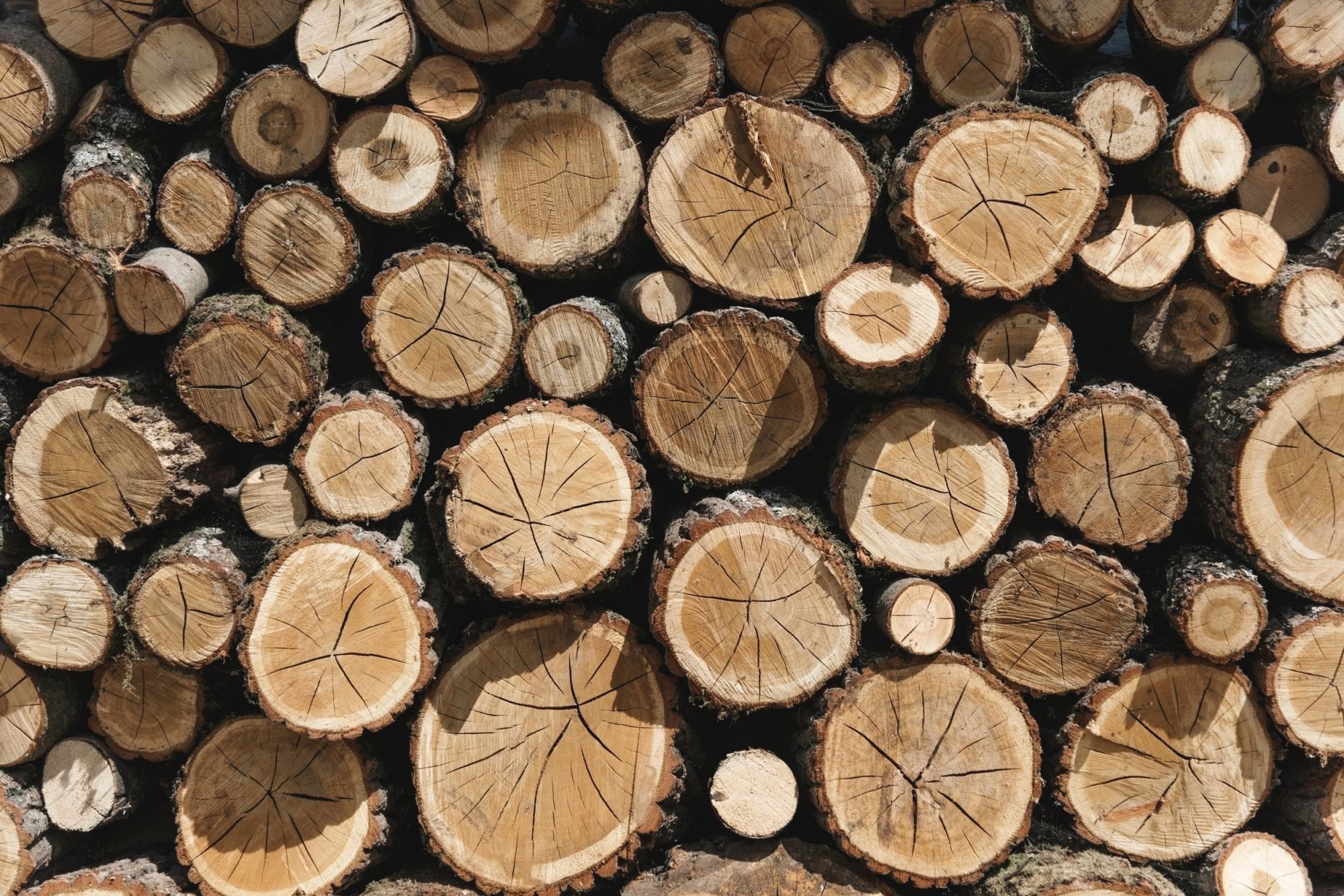WOOD: A VERSATILE MATERIAL IN RESIDENTIAL BUILDING

Posted May 16, 2018 |
Tags: residential constructions Wood has been used in residential constructions since we started building houses. This versatile building material has survived through the ages and, despite mistaken claims that it is expensive, has proven to be one of the most cost-effective, renewable, and environment friendly building materials out there.
Responsibly sourced wood has the major advantage of being the only building material that is renewable. Wood, during the growing process, actually removes CO2 from the atmosphere while harvested wood stores this carbon that has been removed. Approximately half of the dry weight of wood consists of carbon.
Compared to other materials, like concrete, glass, and steel, the productions processes for wood consume far less energy, and wood is known to have a much lower carbon footprint than most of its peers. While other building materials might require the use of fossil fuels in their productions, no such requirement is necessary for responsibly sourced wood. Here are some of the benefits of wood as a building material.
- Wood Exudes Natural Beauty
Wood is known to add a layer of beauty to exteriors and interiors that can hardly be matched by other building materials. Wood is both visually appealing and has a natural feel and look. For residential houses, where a feeling of warmth is important, wood is an excellent choice.
- Wood is a Good Insulator
Wood is a natural insulator due to its structure. The dead cells in wood have plenty of air pockets that do a very good job of trapping air bubbles. It’s not just a good insulator, however; it is one of the best insulators out there. Wood is 1770 times better than aluminum at insulation; it is 400 times better than steel and 15 times better than concrete and masonry. With wood, you can expect much lower costs when it comes to cooling and heating a building.
- Wood is Strong
Many people often think that wood is inferior to other materials like steel and concrete when it comes to structural strength. This isn’t true. Some kinds of timber are actually known to be 20% percent stronger than steel when their weight is accounted for. The same wood is up to 5 times stronger than compressed non-reinforced concrete.
- Wood is Highly Durable
If you need proof of this, simply look at all the major historical structures out there with an overwhelming amount of wood in their structure. Wood is a highly durable material that is suitable for both residential and commercial buildings. When properly looked after, wood can last for many hundreds of years while modern wood preservatives extend this lifespan even further.
- Wood is Environment Friendly
Wood is the only building material that actually removes carbon from the atmosphere during its production. Trees absorb carbon dioxide from the atmosphere and store I as carbon within themselves. Additionally, wood stores carbon long after it is harvested, preventing it from being released back into the atmosphere.
The processing of wood also uses less embodied energy than other building materials, such as concrete. Switching a cubic meter of concrete with a cubic meter of wood translates to the saving of about a tonne of carbon dioxide that would have otherwise been transmitted into the atmosphere.
With all these benefits, wood is an ideal building material that will not only add some flair to your residential building, but also keep our environment cleaner and safer for everyone.
